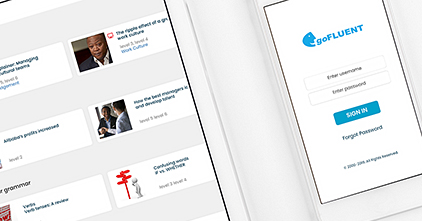
Change Management has become a go-to term for most organizational HR problems, so much so that it loses its real meaning in some situations. It is the process of preparing and supporting individuals to adopt change successfully in order to drive organizational success.
Traditionally, change management is used by companies to assist individuals, teams, and the whole organization in the transition, using methods to re-direct the use of resources, and other modes of operation that significantly reshape a company or organization. Going by the book, there are a lot of change management models (i.e. Kotter’s 8-step model, Lewin’s model, ADKAR model, etc.) that act as a step-by-step guide to a successful organizational transition. What all these models have in common is a phase about training and development.
Determine specific training needs first
Training is the cornerstone of change management. In order for people to bring about change effectively and learn adaptable and buildable skills, they should receive timely and appropriate training. Each employee will develop training requirements based on the skills, knowledge and behaviors necessary to implement the change.
A useful tool for generating these requirements is the training needs assessment survey, a diagnostic tool for determining what training needs to take place. This survey gathers data to determine how individuals and the organization can develop to accomplish their goals and objectives. More importantly, this survey should be conducted not just for the staff and their technical skills, but also for the managers and supervisors—if they need training to communicate and manage the change.
Incorporate communication into training plans
Insufficient information about upcoming transitions may cause change management programs to fail. A communication plan must be put in place, focusing on explaining what specific changes will happen in the organization. The context of the change and how the employees take part and affect its success and failure is often overlooked in these communications.
Messages need to be intentional and thought through. Each message sent about the change, whether to create awareness or spur future action and cooperation must be packaged and constructed differently depending on the recipient. The timing of such messages and the communication channels through which these will be sent should also be considered. This includes communication training for change enablers (managers, supervisors, team leaders, etc.) Successful delivery of these messages and execution of the communication plan can only be achieved with proper training in business communication.
Select more accessible training solutions
Usual costs for internal seminars and training programs include: handouts, equipment, rentals fees and trainer time. Sending people to attend external programs means budgeting for travel, lodging and registration fees. All of these situations take days, even months, to plan and would require the employees to leave their work temporarily.
Fortunately, many programs can be accessed online or through mobile devices. By availing of these training programs that can be accessed any time of the day, employees can participate in the training program without having to worry about accumulated or delayed work. Furthermore, the company can also save on the logistical costs.
The business landscape, and the economy in general, is changing at a faster pace than ever. Organizations must do what they can to adapt to these changes in the most effective and efficient way possible, and be smart about how they use the solutions and technology now available to their advantage.




